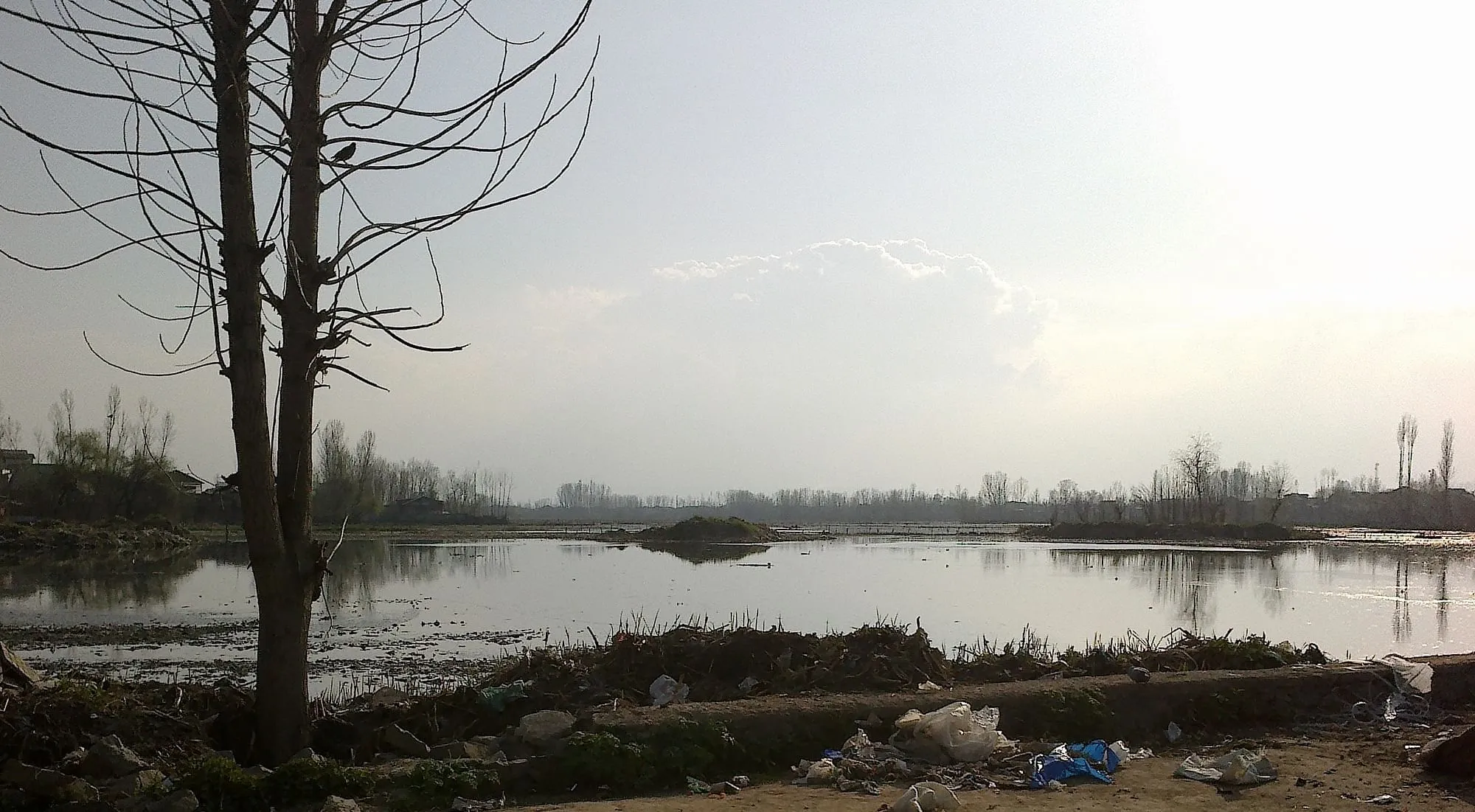World Wetland Day celebrated all over the world on 2nd February 2021 looks at these unique sites as sources of freshwater recharge and the role of these in the conservation of water. As we all are aware, freshwater is going to be a scarce commodity in the coming years and the availability and affordability of portable drinking water to the public will be a challenge. Even in places like Kashmir, which is bestowed with large freshwater reservoirs such as rivers, lakes, and streams the water crisis is looming large and will have to be negotiated in near future. Ecologists, limnologists, and hydrologists from the UT of Jammu and Kashmir have time and again pointed out the apathy of the people as well as the government towards these wetlands especially the lake ecosystems. With more than a thousand small, medium-sized and large wetlands, Kashmir Division boasts of beautiful lakes like Wullar, Dal, Hokesar, Manasbal, and many more. However, in the past three decades, most of the wetlands are showing deterioration. Changing land use pattern in the areas adjacent to wetlands, concretization in the catchment, and siltation is affecting the hydrology of these important ecosystems. It is important to understand the physical status of the wetland and the physicochemical properties of the water that have an impact on the biological organisms living in these ecosystems. Many people in Kashmir living adjacent to the lakes depend on aquatic grasses, aquatic angiosperms, and their products including various types of fish as a source of their livelihood. People collect the bounties from aquatic ecosystems, clean, process, and dry them and sell them in markets and make earnings out of these. However, these lakes or so-called freshwater wetlands are in deliberated condition.
The agricultural fields near these wetlands use high doses of both organic and inorganic fertilizers for maximizing the yield of plants. Farmers who have apple orchards also use lots of agrochemicals including synthetic fertilizers much above the permissible limits per acre as suggested by the scientists. Subsidy on fertilizers also is one of the reasons that farmers apply doses more than required. Farmers get a high yield in response but compromise in quality when the dosage crosses threshold limits which many do not understand and account for. Water bodies are the sink to these excessive doses of nutrient ions due to which cultural eutrophication of these water bodies is taking place leading to growth and multiplication of macrophytes as well as microphytes. Microphytes, especially some of the green algae and BGA (Blue-Green Algae) form scum on these water bodies. In almost all the lakes, the excessive growth of these plants has led to ecological imbalance as one of the trophic levels in these ecosystems have taken over the other levels. The dissolved oxygen concentration shows depletion in early springs and summers and leads to perpetual stink coming out of these ecosystems. It is also important to understand that the growth of micro and macrophytes results in the production of various excretory and other secondary metabolites including toxins in the water bodies. Though many people have been talking about high levels of heavy metal pollutants and pesticides in these phytotoxins mostly produced from algae remain underexamined.
Understanding the economic and ecological roles these wetlands offer to us in terms of supporting biological diversity, resource conservation, water purification, and recharge, it is important to look at the phytotoxin levels in these lakes. Depending on the source of toxins, the algae that release them, these toxins have been found to have various health implications. People living in the areas and consuming aquatic macrophytes from these water bodies have been complaining of liver problems, stomach ulcers, and gastrointestinal problems. Even the domestic animals and cattle, drinking water from these lakes, suffer from various ailments. However, very rarely the medical practitioners have related the symptoms with the cultural eutrophication.
This wetland day February 2, 2021, has a dedicated theme of reviving these wetlands as freshwater resources. We need to investigate and understand the local factors that are contributing to ecological disturbances in these wetlands and educate people on the various aspects of wetland ecology. It is our duty to stop unmindful anthropogenic intervention or else the wetland ecosystems will keep ailing. Ecosystem health has a direct correlation with human health. So, let us all pledge to maintain Wetland Ecosystem Health this wetland land day.
Dr Monika Koul is Assistant Professor, Department of Botany Hans Raj College, University of Delhi






